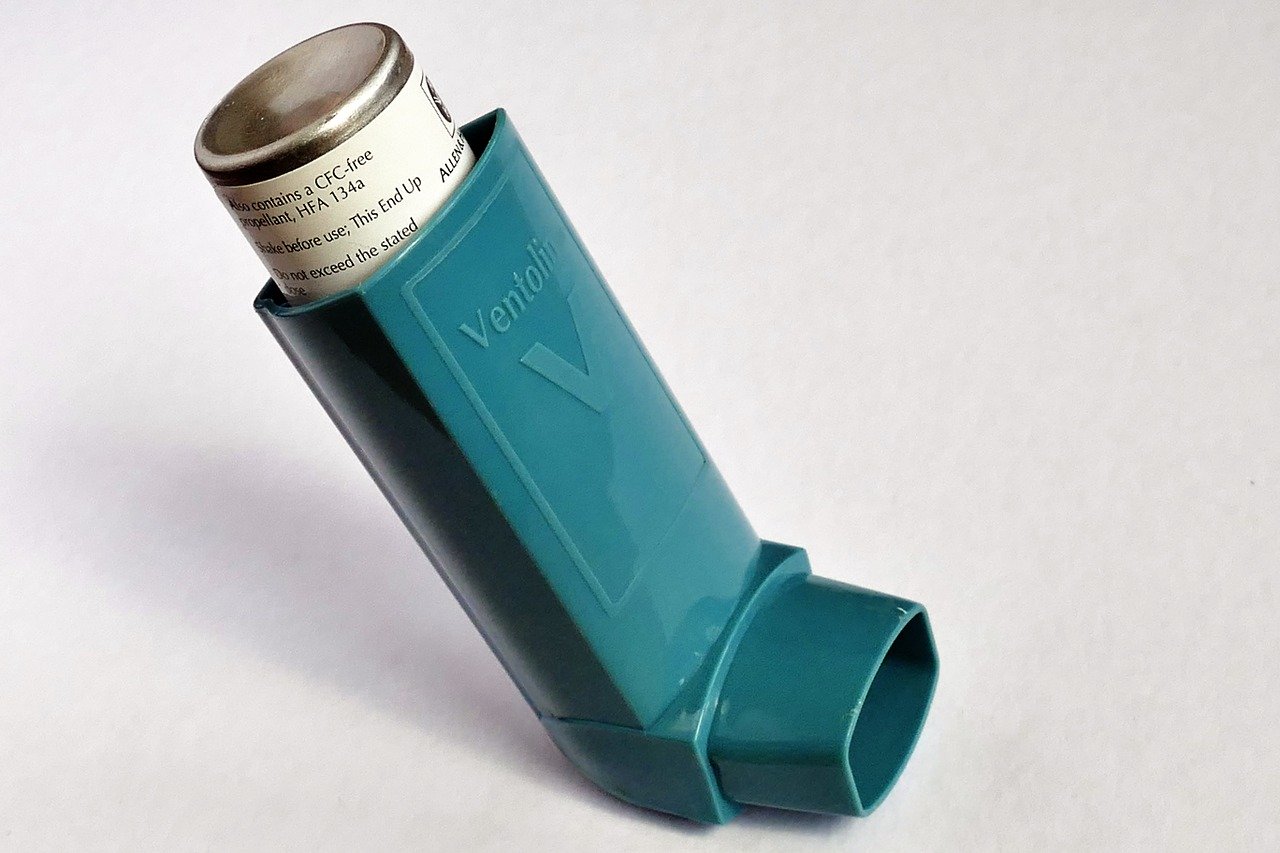Improving the overall indoor air quality of your home or business continues to be a topic at the water cooler. The kids are always sneezing, the house always seems so dusty, why does our office always smell so bad? Why are my hands so rough? Sound familiar?
To be honest the solutions are simple, but they won't go away without some help. The first thing you should do is perform a simple indoor air quality assessment. You can do one by simply following these next few questions or get a free assessment done by one of your local Heating and Cooling contractors. Make sure they have something to do about indoor air quality. Some are now known as Indoor Air Quality consultants or IAQ's. Here are some of the basic questions:
1. Do you notice any symptoms over all or when you are in certain rooms or floors of the house? Examples would be sneezing, coughing, shortness of breath, runny nose or eyes.
2. Are there any smokers in the house?
3. Do you have any pets? What kind?
4. Does anyone have any allergies or asthma?
5. What type of heating and cooling system do you have and how hold is it?
6. What kind of home filtration system do you have if any?
7. Do you run a dehumidifier anywhere in the house?
8. Do you run a humidifier anywhere in the house?
9. Do you have any signs of mold?
10. Do your windows ever condensate during the winter months?
So now I am going to suggest a few simple suggestions to possibly remedy your issues.
1. Check and change your air filters at least every three months and clean all the supply and return vents in your house at least once a year. This one is so simple and yet people don't seem to follow it. If your filters are covered in dirt and dust there is no way for the air to properly circulate any more new dust or dirt and soon it just starts clogging up the filter which turns out to be bad for your furnace as well as you.
Here's what the EPA says about home filters:
"Flat or panel air filters with a MERV of 1 to 4 are commonly used in residential furnaces and air conditioners. For the most part, such filters are used to protect the HVAC equipment from the buildup of unwanted materials on the surfaces such as fan motors and heating or cooling coils, and not for direct indoor air quality reasons.
Pleated or extended surface filters
Medium efficiency filters with a MERV of 5 to 13 are reasonably efficient at removing small to large airborne particles. Filters with a MERV between 7 and 13 are likely to be nearly as effective as true HEPA filters at controlling most airborne indoor particles. Medium efficiency air filters are generally less expensive than HEPA filters, and allow quieter HVAC fan operation and higher airflow rates than HEPA filters since they have less airflow resistance."
There are also some filter additions that go above and beyond and depending on your situation, you should check them out. If allergies and dust are a concern, an air duct purifier with an ultra violet light could take care of your problems. They are known to kill mold, germs and viruses and the bulbs usually last about two years. A good filter and UV light can do wonders, but they have to be properly maintained.
2. So now let's talk about your furnace and air conditioner. How old are they? If you have a system that is 15-20 years old, it may be time for an upgrade. The blower fan may not be circulating the air at full capacity any more. The condenser may not be cooling to where it should be. If you buy a new high efficiency furnace the comfort level and air quality can improve instantly simply because the blower is no longer struggling and the air is being circulated and filtered properly.
3. An Energy Recovery Ventilator (ERV) exchanges stale indoor air for equal amount of fresh air outdoor air. It retains heat and moisture from exchanged air in winter, but pre-conditions and dehumidifies incoming air in summer so your home or office is more comfortable year-round. If you have smokers in the house, this is a great way to get the bad toxins in the air out? The (ERV) is also a great tool for removing condensation, mold, allergens, reducing radon particulates and just making the house or office just smell better.
4. Whole house humidifier- If you are experiencing dry air and skin during the winter, you are not alone. You may even think that little 5-gallon elephant vaporizer may even help you as it spews out mist in your bedroom while you sleep and it might, a little. Well instead of being selfish a whole house By-pass humidifier will typically do your whole family or employees the trick. They are easily installed and can start with dispersing as little as 7-12 gallons of water per day without you ever having to fill up another vaporizer again. These also work wonders on static electricity.
5. Whole house De-humidifier- Unless you live in a bad area or below the flood table you shouldn't need a commercial solution like one of these, but sometimes it can help. If you are tired of constantly draining the portable basement system you are currently using, this could be your best bet. The basic whole house de-humidifier will take four times the water out the air typical dehumidifiers do and it will save energy and filter the air as well.
6. When it comes to mold some of the above solutions may help, but mostly with airborne mold. If you can see mold build up in your basement or in your bathroom it is recommended to contact a mold mitigation professional for an assessment. Mold left unattended could cause lots of damage. Damage you may not even be able to see because it is behind the drywall or paneling.
Every house and every concern is going to vary, but the above article should give you at least a heads up on whether you should be concerned about indoor air quality. When it doubt or to get a second opinion, you can always call up one of your local indoor air quality experts.








